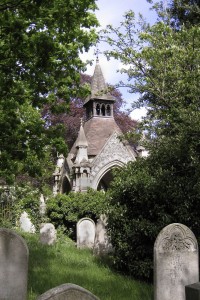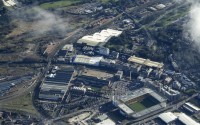'Merciful magistrates and successful merchants' .
By 1900 the Rosary contained the remains of some 18,000 people, many of whom were prominent in business, the churches and politics. Also buried here are many less prominent people whose histories illuminate life and social conditions in Victorian Norwich. They include the driver and fireman of the Thorpe railway disaster, stagecoach and pub proprietors, and a survivor of the Charge of the Light Brigade.
Below are some brief details of four people buried in the lower section of the Rosary.
EDWARD BOARDMAN - 1834 - 1910
- improvements to the Norfolk and Norwich Hospital in the 1880s
- the conversion of the Castle from County Gaol to museum
- the Norvic shoe factory in Colegate
- Alexandra Mansions in Prince of Wales Road
- The chapel at the Rosary
JEREMIAH JAMES COLMAN 1830 - 1898
JOHN BARKER 1837 - 1897
EMANUEL COOPER 1802 - 1878
SOME OTHER NOTABLES BURIED IN THE ROSARY:-
- Isaac Bugg Coakes 1829-1909 Solicitor, reputed to own all the land between Rosary Corner and Harvey Lane.
- Ethel Mary Colman 1863-1948 First woman Lord Mayor of Norwich in 1923.
- Alan Cozens-Hardy Colman 1867-1897 Younger son of Jeremiah and Anne Colman who died in Eygpt and the wherry 'Hathor', designed by Edward Boardman, was built in his memory.
- Thomas Drummond 1764-1852 Founder of the Rosary Cemetery.
- Richard Hanbury Gurney 1783-1854 Senior partner in his family's Norwich banking business which subsequently formed part of Barclay's Bank.




